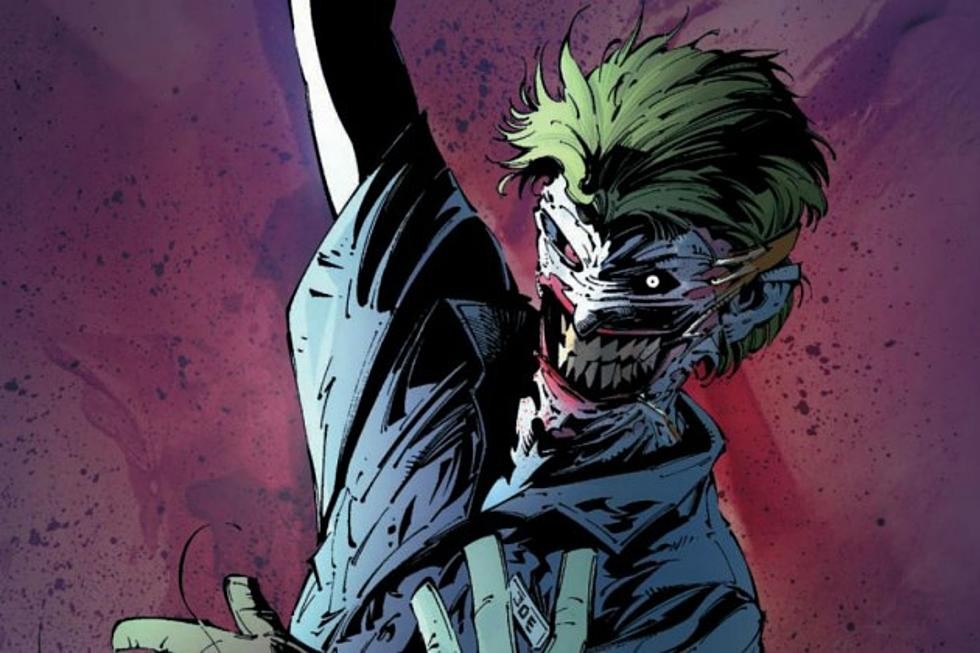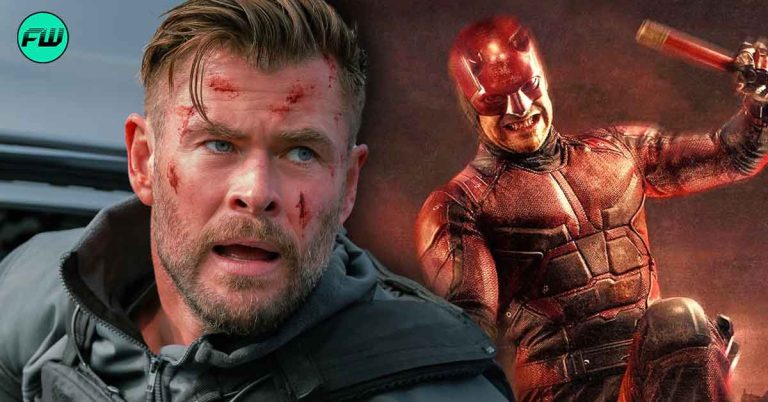The Joker, one of the most iconic and enduring characters in the world of comics and popular culture, has undergone a fascinating evolution in terms of his appearance since his inception. From his early comic book appearances to various adaptations in film, television, and other media, the Joker’s visual representation has evolved to reflect different eras, artistic styles, and storytelling sensibilities. This visual analysis explores the dynamic transformation of the Joker’s look over the decades, highlighting the impact of artistic interpretation, societal influences, and storytelling choices.
Also Read: 10 Unforgettable DC Crossover Events That Redefined Superhero Team-Ups
The Golden Age (1940s): The Classic Clown Prince

The 1940s marked the birth of the Joker, a character who would go on to become one of the most iconic and enduring villains in comic book history. Created by artist Bob Kane, writer Bill Finger, and artist Jerry Robinson, the Joker made his first appearance in Batman #1 in 1940. This inaugural depiction of the character laid the foundation for what would become the classic look of the Clown Prince of Crime. The Joker’s Golden Age appearance encapsulated the spirit of the era’s comic book storytelling, which often leaned into whimsy and larger-than-life characters. This visual design resonated with readers, and the character quickly gained popularity as one of Batman’s most memorable adversaries.
The depiction of the Joker established the foundation for his visual identity, and many of the key design elements introduced during this era continue to define the character to this day. While subsequent interpretations of the Joker’s appearance would introduce variations and stylistic shifts, the core elements of his chalk-white skin, green hair, and unsettling grin have remained consistent and recognizable over the decades. The Golden Age design is a testament to the creativity and imagination of his creators and the era in which he was born. The character’s iconic appearance played a crucial role in his enduring popularity and has left an indelible mark on the world of comic books and pop culture.
The Silver Age (1950s-1960s): A Lighter Touch

The Silver Age of comics, spanning from the 1950s to the 1960s, was a transformative period that introduced a new tone and style to the superhero genre. This era was characterized by a sense of optimism, science fiction influences, and a focus on imaginative storytelling. As comic book publishers sought to reinvent and reintroduce characters to a new generation of readers, the Joker’s appearance underwent a notable evolution that reflected the changing cultural and creative landscape. His grin appeared less sinister and more playful, reflecting the era’s emphasis on a more light-hearted tone; facial expressions reflected his mischievous and animated personality. His expressions ranged from exuberant joy to exaggerated frustration.
The Silver Age of comics was characterized by a departure from the darker themes of the Golden Age and a return to more traditional superhero storytelling. The era embraced a sense of adventure, heroism, and exploration, with characters often engaging in imaginative and sometimes whimsical scenarios. This shift was influenced by the optimism of the post-World War II era and the desire to capture the imagination of a younger audience. During the Silver Age, the Joker was often involved in zany team-ups with other villains or encountered heroes in light-hearted and imaginative scenarios. These stories highlighted the character’s versatility and ability to adapt to different narrative tones.
The Bronze Age (1970s-1980s): A Darker Turn

The Joker’s visual evolution continued into the Bronze Age of comics, a period marked by more complex and mature storytelling. During this era, artists and writers delved deeper into character psychology and explored darker themes, leading to a transformation of the Joker’s appearance that reflected the evolving tone of comic book narratives. The Bronze Age of comics saw a move toward more mature and nuanced storytelling, with characters like the Joker becoming more psychologically complex. This evolution in storytelling was reflected in the Joker’s appearance, which now exuded a sense of danger and madness that resonated with readers looking for more intricate narratives.
One of the most iconic storylines from this era was The Laughing Fish, written by Steve Englehart and illustrated by Marshall Rogers. This storyline depicted the Joker’s attempt to trademark fish with his trademark grin, leading to a series of bizarre and twisted events. The storyline’s artistry and writing style captured the Joker’s darkly humorous and chaotic essence, solidifying his position as one of Batman’s most formidable adversaries. The Joker’s transformation during the Bronze Age laid the groundwork for his continued exploration as a multidimensional character. This era marked a departure from the more lighthearted approach of the past and set the stage for the exploration of his psychology, motivations, and intricate relationship with Batman.
The Modern Age (1990s-2000s): Defining Darkness

The Modern Age brought about a new era of storytelling marked by complex characters, mature themes, and intricate artwork. During this period, the Joker’s appearance underwent a transformative shift that delved into the character’s darker and more psychological aspects, solidifying his status as one of the most iconic and formidable villains in comic book history. His facial expressions exhibited a range of emotions, from maniacal laughter to cold, calculating intensity. Artists introduced more texture and detail to his facial features, emphasizing scars, wrinkles, and a weathered appearance. often exhibiting a level of detail that conveyed his psychological turmoil and instability. Scars and marks on his skin provided visual cues about his violent history and the inner torment that defined him.
This era also saw the rise of graphic novels that delved into the psychological depths of heroes and villains alike. The Joker’s visual evolution during this period aligned with the era’s broader shift toward mature storytelling and character analysis. One of the most influential stories of the Modern Age was Batman: The Killing Joke, written by Alan Moore and illustrated by Brian Bolland. This graphic novel provided a deep dive into the Joker’s origin and psychology, offering a chilling exploration of the character’s descent into madness. The Joker’s appearance in The Killing Joke captured his sinister nature and his ability to evoke both fear and sympathy.
Contemporary Adaptations (2010s-Present): Reimagining the Icon

The New 52 explored the Joker’s psychology in greater detail, delving into his motives, methods, and relationship with Batman. This depth was often reflected in his visual design, with expressions that conveyed his complex emotions and intricate personality. One notable aspect of The New 52 era was the visual diversity of the Joker’s appearances. Different artists and writers brought their unique interpretations to the character, resulting in variations that ranged from a more classic look to updated and contemporary designs. This diversity showcased the character’s adaptability to different creative visions.
Throughout the Death of the Family storyline, the Clown Prince of Crime did something readers never saw coming. Completely removing his face and reattaching it with belts, to prove to Batman that he could simply remove his mask. The New 52 era brought a darker and more nuanced visual interpretation of the Joker that aligned with the rebooted DC Universe’s tone. The character’s signature features were retained but augmented to emphasize his unpredictable and psychologically complex nature, ensuring his continued impact and relevance in the ever-evolving comic book landscape.
A Multiverse of Looks: The Joker Across Media

In this era, the Joker’s visual representation has undergone reimaginations that reflect modern sensibilities, diverse storytelling approaches, and the exploration of his character from new angles. From film to television to video games, the Joker’s look continues to evolve in response to changing cultural and artistic landscapes. The Joker’s appearance in film adaptations has been particularly diverse in recent years. Heath Ledger’s portrayal in Christopher Nolan’s The Dark Knight presented a gritty and anarchic aesthetic, characterized by smeared makeup and unkempt hair. Jared Leto’s version in Suicide Squad introduced a tattooed and flamboyant Joker with a bold fashion sense. Joaquin Phoenix’s portrayal in Joker showcased a more grounded and unsettling look that captured the character’s descent into madness.
The Joker’s appearance in various animated series, such as Batman: The Animated Series, The Batman, and Batman: The Brave and the Bold reflects the unique artistic approaches of each show that often combines elements from different comic book eras, resulting in a visually dynamic representation. His appearance in video games like the Arkham series has embraced a more detailed and immersive approach. These adaptations often incorporate intricate character models that capture the Joker’s expressions, scars, and physical presence in a three-dimensional environment. One common thread in contemporary adaptations is the exploration of the Joker’s humanity. The portrayal of his background, motivations, and psychological struggles adds depth and complexity to the character, making him more relatable and multidimensional.
For more content from FandomWire, check out our LinkTree!











